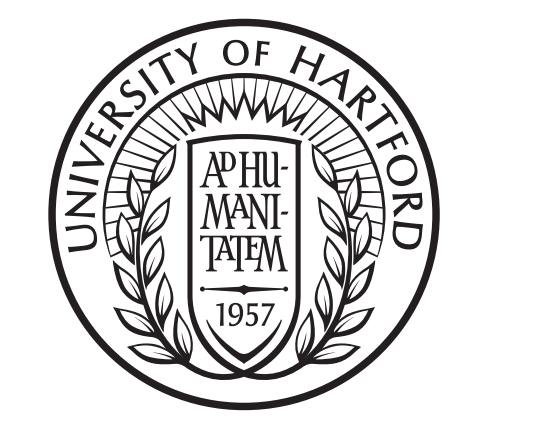
The Board of Regents has approved changes to the University of Hartford’s alma mater and seal that reflect our continued efforts to be thoughtful and receptive to all matters of diversity, equity, inclusion, and social justice.
The Alma Mater is traditionally sung at Commencements and other formal events. The original lyrics in part of the chorus built upon our school colors to communicate themes that can be misconstrued as comments about race.
The revised lyrics are absent these references to colors, and instead use the words light and truth in their place to focus on the principles we are trying to espouse in our students—strength, passion, pride, truth, freedom of thought, hard work, honor, and honesty.
Light the fire of our soul's passion,
As we proudly sing your praise.
Truth will guide our ev'ry action,
Now, tomorrow, all our days.
Both former Hartt School faculty members who created the Alma Mater, Stephen Gryc (who composed the music) and Henry Fonte (who wrote the lyrics) were consulted and contributed to this important process.
The University seal is used on official documents and reserved for special communications from the Board of Regents and Office of the President. During its rebranding initiative last decade, UHart introduced a new logo and began looking at options to revamp the seal to reincorporate the University name.
The Office of Marketing and Communication tapped talented Hartford Art School Professor John Nordyke to help with the delicate task of updating the seal’s design, to bring it closer to its original iteration. He presented several solutions but raised an important question—the male and female human figures representing students in the original design were not inclusive in terms of gender expression or ethnicity.
Tweaks to the illustration made the figures appear more equitable, but ultimately did not resolve the issue. Professor Nordyke then presented another option: remove the human figures all together and strengthen the “enlightening” symbology—seven rays now shine from the top of the “Ad Humanitatem” tablet.